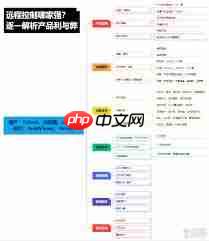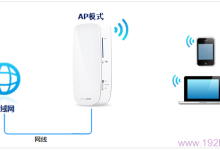
introduc++tion
creating an english-language remote control application involves a blend of coding expertise, networking fundamentals, and effective user interface design. this guide walks you through the key stages necessary to build a fully operational remote control tool in english.
prerequisites
– programming languages:select a robust programming language such as python, utilizing frameworks like pyqt for building the graphical user interface (gui), or opt for c++ if higher performance is required.
– networking basics:gain a solid understanding of communication protocols such as tcp/ip, which are essential for enabling seamless interaction between the client and target devices.
step 1: outline core features
– define capabilities:identify the primary functions your software should support—examples include remote desktop viewing, file sharing, initiating or terminating applications, and remotely powering down the device.
step 2: design the user interface
– build the layout:use your selected gui toolkit to craft a clear, easy-to-navigate english interface. incorporate labeled buttons for each function, real-time status indicators, and input fields where needed for ip addresses or commands.
step 3: establish network connectivity
– use sockets:leverage socket programming to create a reliable connection between the controlling and remote machines. configure the server side to listen on a specific port, while the client connects using the host’s ip address or domain name.
– structure data exchange:develop a simple yet effective command protocol. for instance, format messages with operation codes (e.g., “shutdown”, “launch_app”) and attach parameters as needed.
step 4: execute remote commands
– on the controlled device:implement a listener that continuously monitors the designated port for incoming instructions. decode received messages and trigger appropriate system actions like opening programs or transferring files.
– on the controller device:translate user inputs from the gui into structured commands and transmit them over the established network link.
step 5: manage errors and responses
– handle exceptions:include error detection for scenarios such as timeouts, incorrect credentials, or unsupported commands, and present helpful english error messages to the user.
– deliver confirmation:show success alerts or progress updates when operations complete successfully, enhancing user experience and trust in the system.
step 6: test and refine
– conduct comprehensive tests:evaluate performance across diverse environments—different operating systems, network speeds, and firewall settings—to ensure stability and compatibility.
– enhance efficiency:refactor code to reduce latency and memory usage, particularly important during screen streaming or bulk file transfers.
by systematically following these phases, you can develop a reliable, intuitive, and fully english-enabled remote control software solution.

 路由网
路由网










